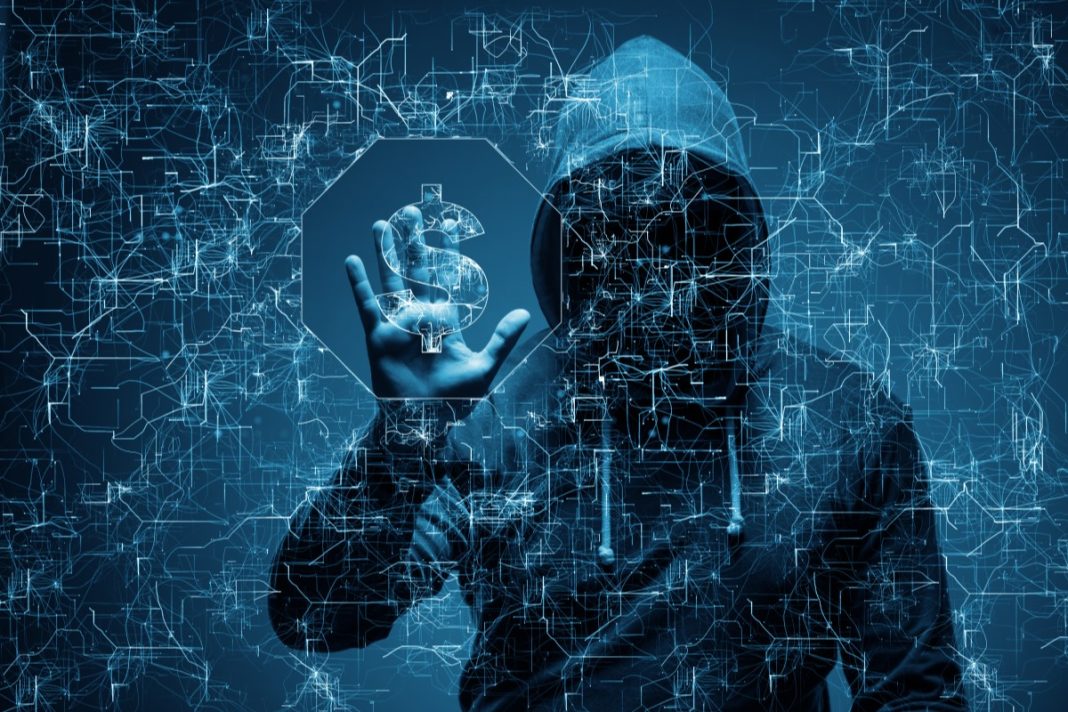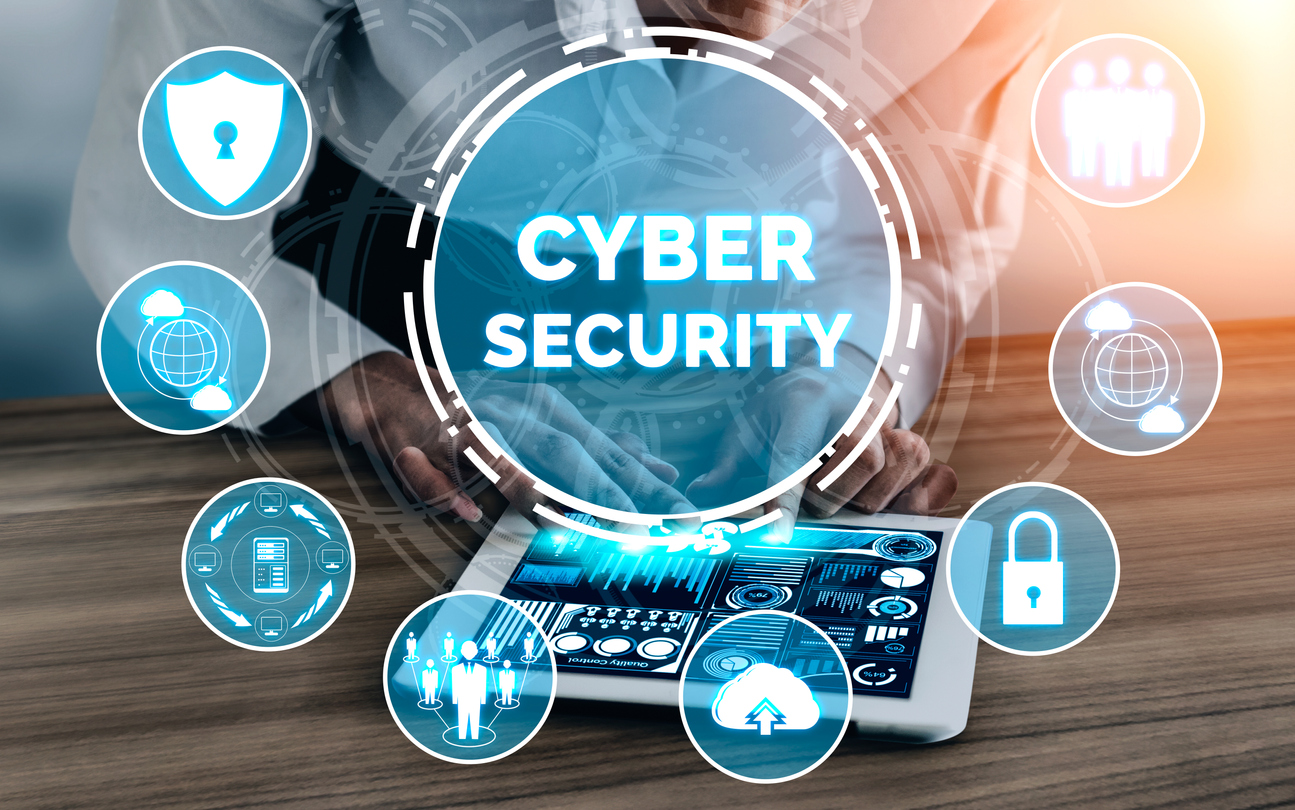Cybercrime: The Rapid Evolution of a Lucrative Business
Cybercrime: The Rapid Evolution of a Lucrative Business

Introduction
Cybercrime has rapidly transformed from a niche and clandestine activity into a highly profitable global business. Gone are the days when hackers were portrayed as loners in dark basements; cybercrime is now organized, sophisticated, and driven by financial motives. In this blog post, we will explore how cybercrime has become a big business, the factors driving its growth, and the significant implications it poses for individuals, organizations, and society as a whole.
The Rise of Cybercrime as a Big Business
The rise of cybercrime as a lucrative business can be attributed to several key factors:
1. Financial Incentive: Cybercrime has proven to be an incredibly lucrative enterprise. From ransomware attacks to stolen data markets and fraud schemes, cybercriminals can reap significant financial rewards with minimal risk of apprehension.
2. Accessibility of Tools and Expertise: Cybercrime-as-a-Service (CaaS) has emerged, offering various tools, malware, and hacking services on the dark web. As a result, even individuals with limited technical expertise can purchase or rent cyber attack capabilities.
3. Global Reach and Anonymity: The internet has erased geographical boundaries, enabling cybercriminals to target victims worldwide. The use of cryptocurrencies and anonymizing technologies has further shielded them from law enforcement.
4. Exploitation of Emerging Technologies: As technology continues to advance, so do cybercriminal tactics. From exploiting IoT devices to leveraging artificial intelligence, cybercriminals constantly adapt to take advantage of new opportunities.

The Business Models of Cybercrime
Cybercriminals have adopted various business models to maximize profits and minimize risks:
1. Ransomware-as-a-Service (RaaS): Ransomware attacks have become a major moneymaker for cybercriminals. RaaS allows even novice attackers to use pre-developed ransomware tools in exchange for a share of the profits.
2. Data Breach and Identity Theft: Stolen personal information and data fetch high prices on the dark web. Cybercriminals steal valuable data, such as credit card details or healthcare records, and sell it to the highest bidder.
3. CEO Fraud and Business Email Compromise (BEC): BEC attacks target businesses and involve impersonating executives to deceive employees into transferring funds or sensitive data.
4. Malware Sales: Cybercriminals sell malware kits or exploit tools to other criminals, creating a market for various hacking tools and techniques.

The Impact of Cybercrime on Society
The growing cybercrime industry has far-reaching consequences for individuals, organizations, and society:
1. Financial Losses: Cybercrime costs individuals and businesses billions of dollars annually. From direct monetary losses to the cost of recovery and damage control, the financial impact can be devastating.
2. Data Privacy Breaches: Cyber attacks compromise sensitive data, eroding trust between consumers and businesses. Data breaches lead to reputational damage, lawsuits, and regulatory penalties.
3. Disruption of Critical Infrastructure: Attacks on critical infrastructure, such as power grids and healthcare systems, can disrupt essential services, posing risks to public safety.
4. Escalation of Cyber Warfare: Nation-state actors and cybercriminals are blurring the lines, leading to an increase in cyber warfare and geopolitical tensions.
Conclusion
The evolution of cybercrime into a big business is a concerning trend that demands immediate attention from individuals, organizations, and governments alike. As cybercriminals continue to innovate and refine their techniques, it is essential for businesses to invest in robust cyber security measures, educate employees about the latest threats, and collaborate with law enforcement agencies to combat this pervasive issue. Additionally, individuals must remain vigilant, practice good cyber hygiene, and stay informed about the ever-evolving tactics employed by cybercriminals. Only through collective efforts can we hope to curb the growth of cybercrime and protect ourselves and our digital assets from this lucrative underworld.

